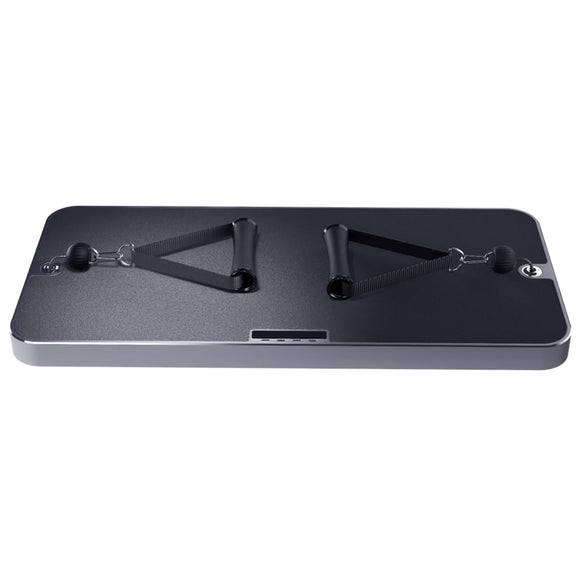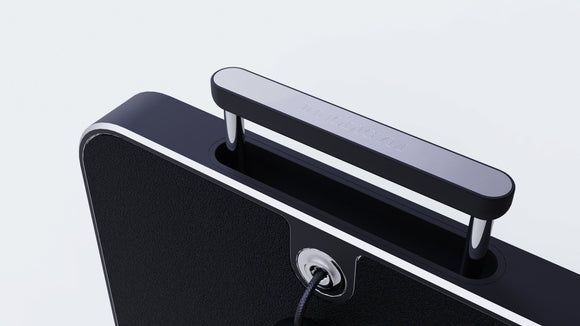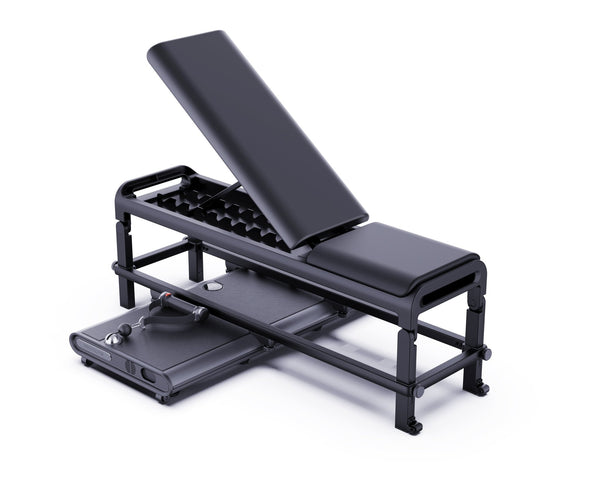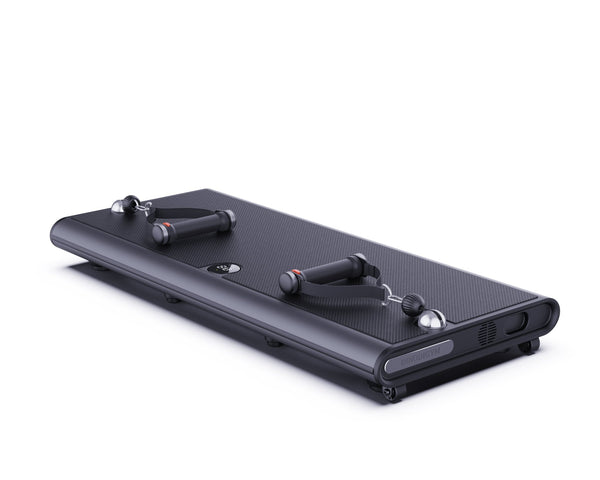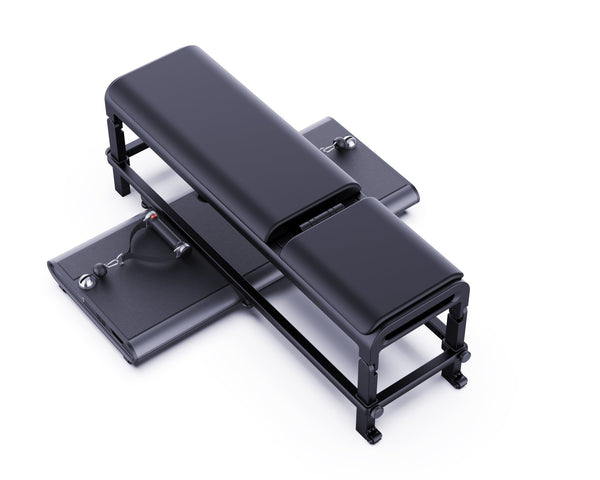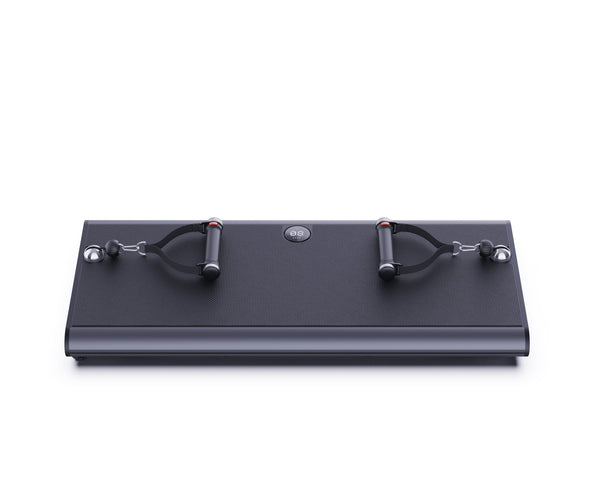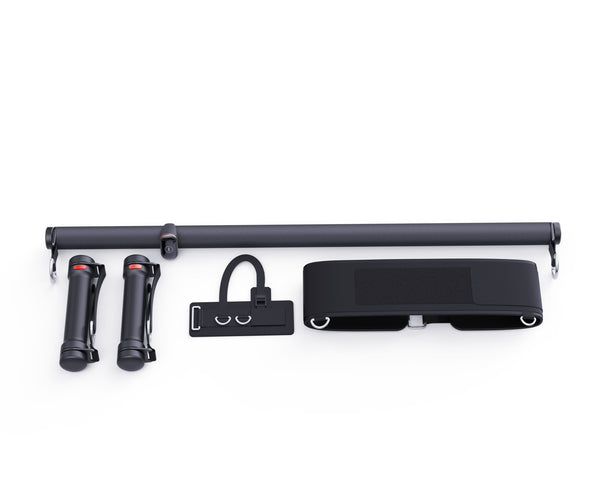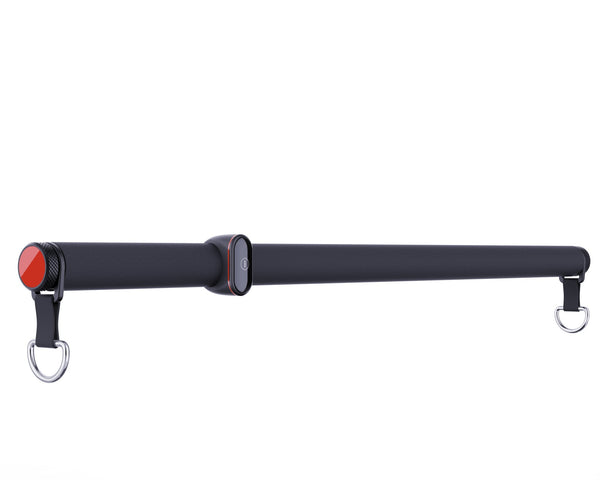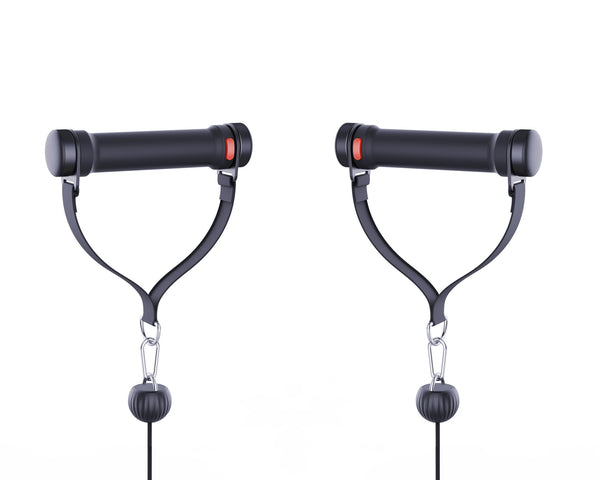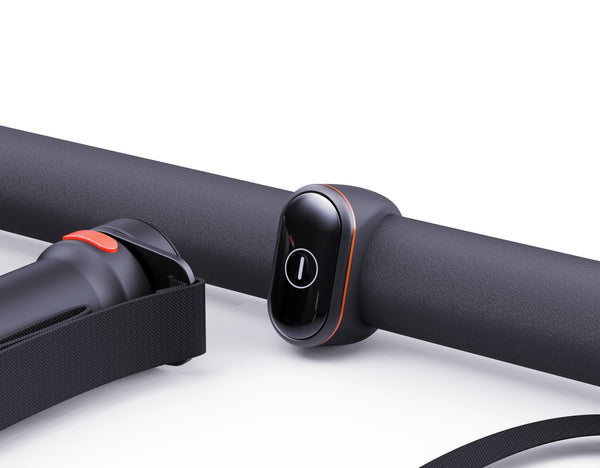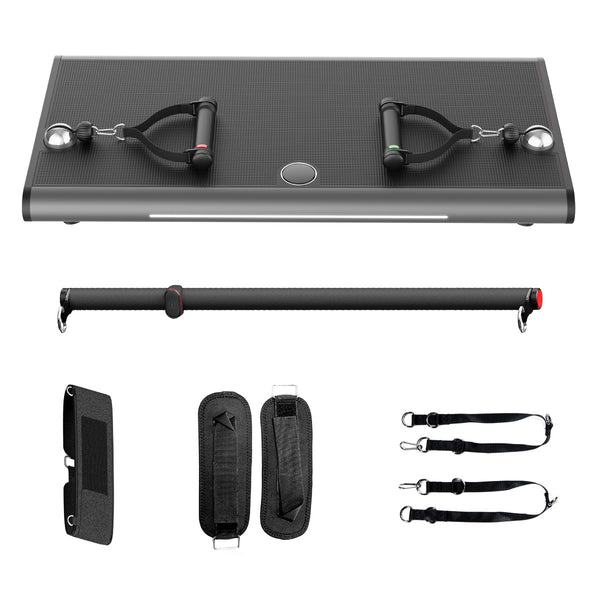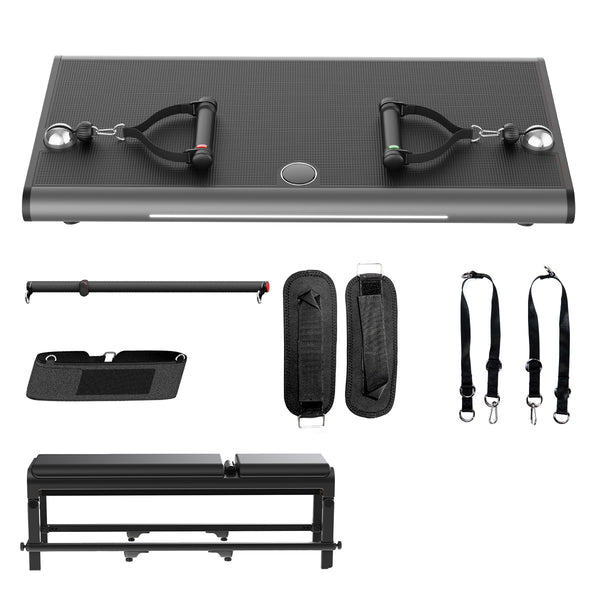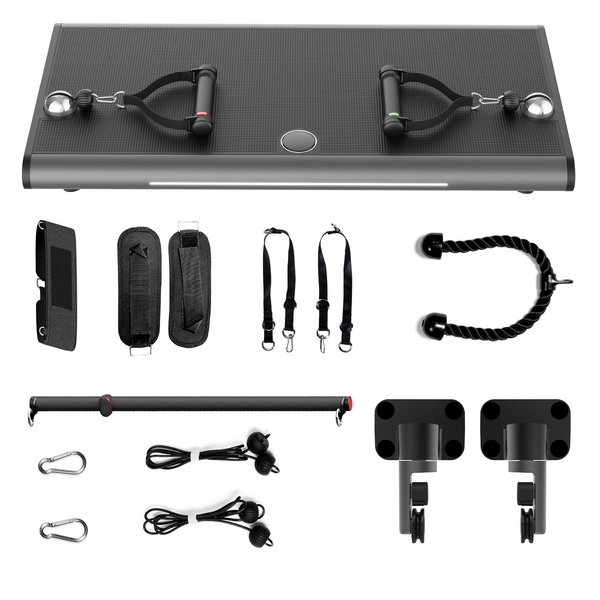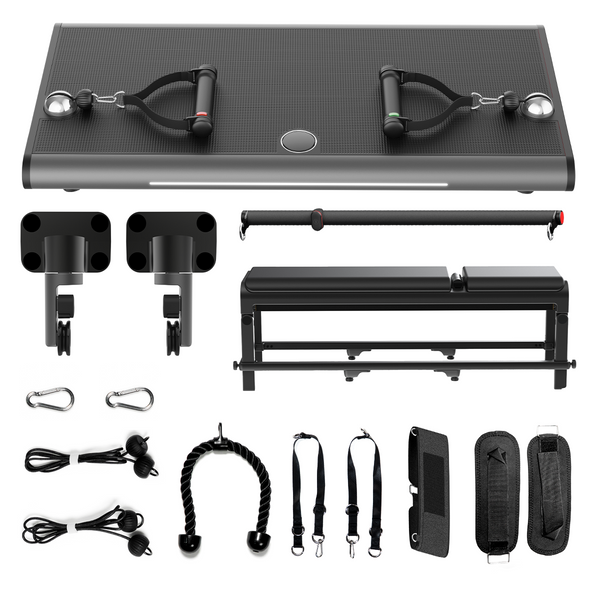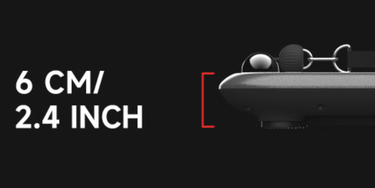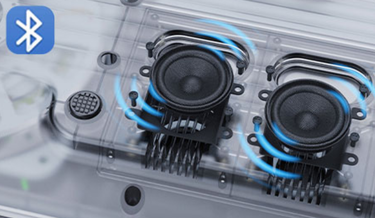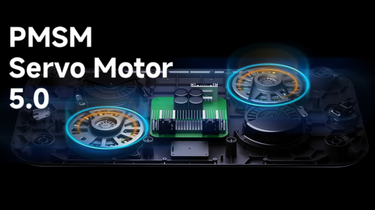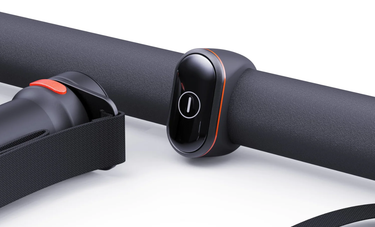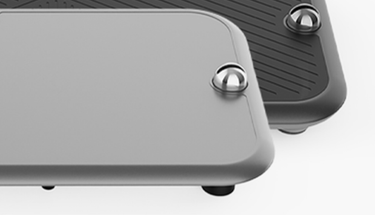4 Widerstand Verschiedene Modi
Mehrere Trainingsmodi, Fettverbrennung, Formung und Muskelaufbau nach Bedarf umschaltbar, mehrdimensional, um die Fitnessanforderungen zu erfüllen und den Trainingseffekt effizient zu verbessern; für mehr Personen geeignet, Anfänger, professionelle Fitnessbegeisterte und so weiter;
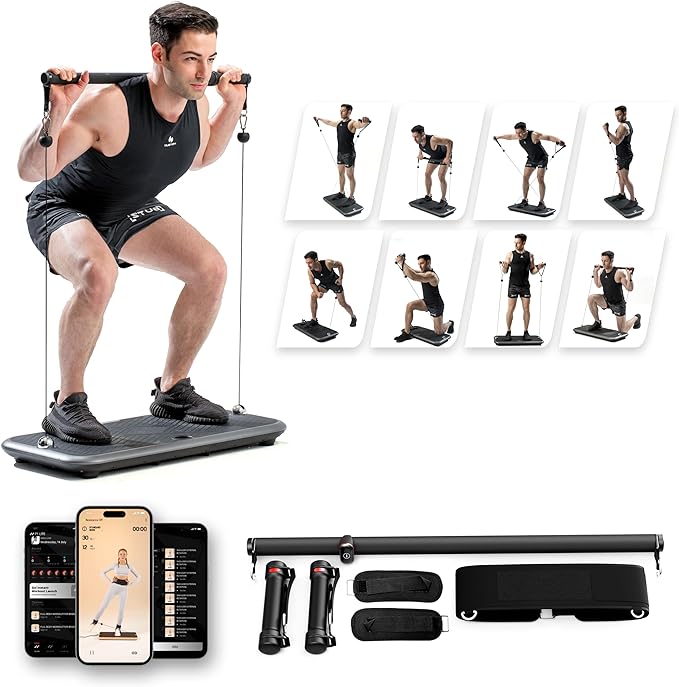
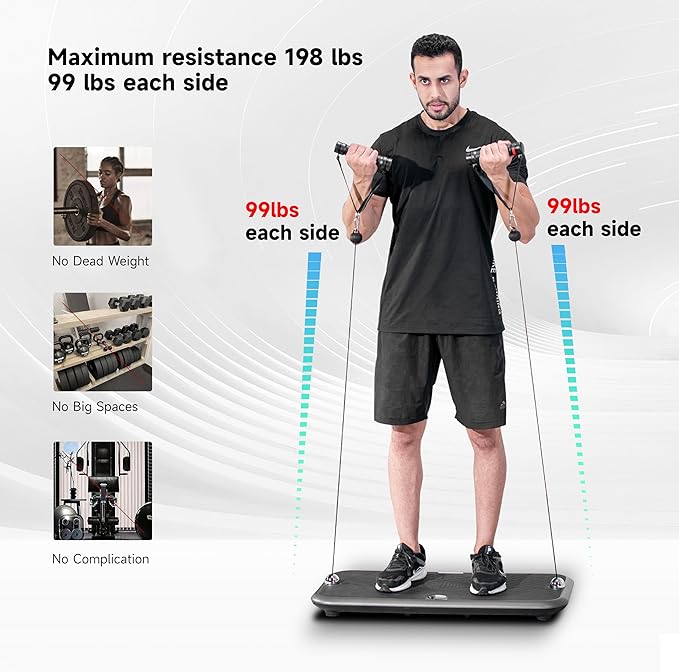
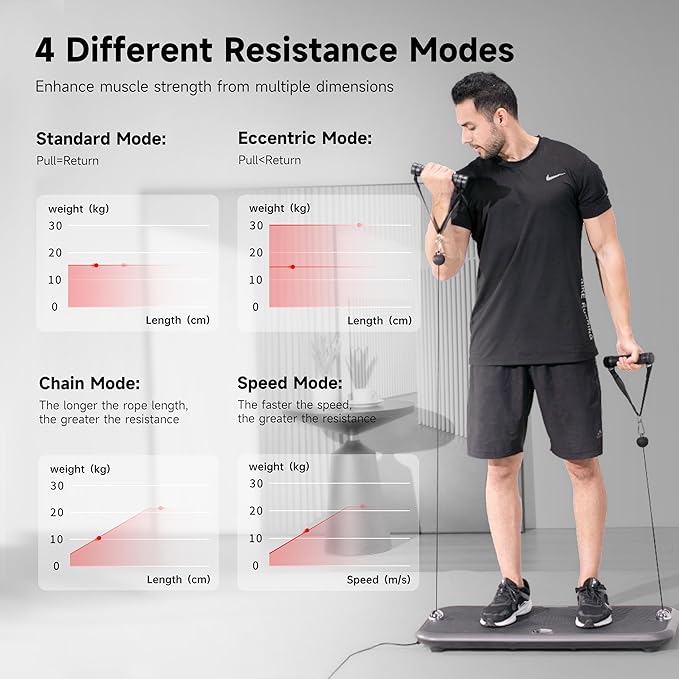
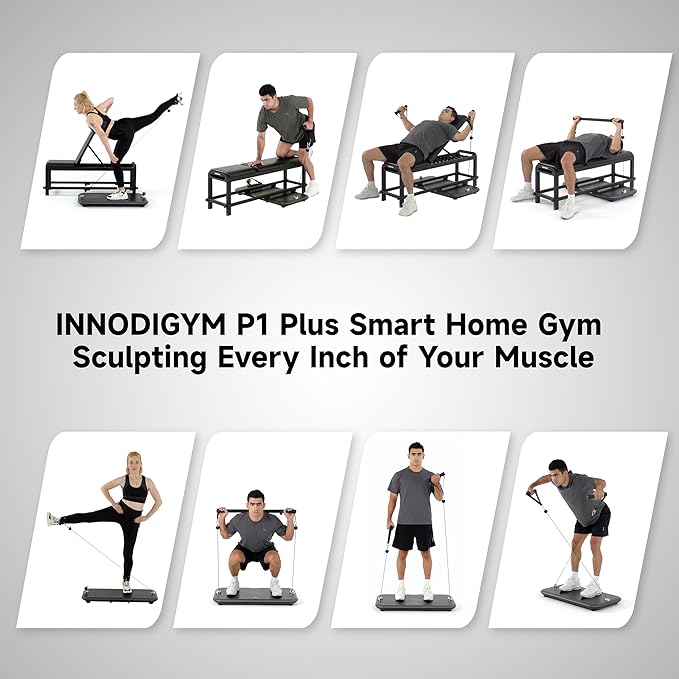
Warum INNODIGYM P1 wählen
-
![]()
MINIMALES DESIGN – 6 CM
Ultradünnes Design und integrierter Druckguss aus Aluminiumlegierung
-
![]()
Stereo-5-W-Bluetooth-Verstärker
Der Stereo-5-W-Bluetooth-Verstärker bietet kraftvollen Sound in kompaktem Design. Genießen Sie kabelloses Audio-Streaming mit Bluetooth-Konnektivität.
-
![]()
5.0 Scheiben-Servomotor
Erleben Sie unübertroffene Präzision mit Innodi P1, angetrieben von unserem 5,0-Disc-Servomotor. Verbessern Sie Ihr Heimtraining mit dieser fortschrittlichen, langlebigen Technologie.
-
![]()
Sicherheitsschutzmechanismus
Zahlreiche Schutzmechanismen durch moderne künstliche Intelligenz: Verbesserte Sicherheitsfunktionen
-
![]()
Sicherheitsknopf
Sicherheitsknöpfe an beiden Griffen und an der Stange. Sie fungieren als ausfallsicherer Mechanismus und geben die Gewichte sofort frei, wenn die Belastung zu groß wird.
-
![]()
Materialien für die Luft- und Raumfahrt
Werten Sie Ihr Heim-Fitnessstudio mit der Innodi P1-Serie auf und verwenden Sie Materialien aus der Luft- und Raumfahrt für unübertroffene Stärke und Langlebigkeit.
Starting a fitness journey at home can be exciting yet overwhelming, especially for beginners. However, with the right approach and some essential fitness tools, you can create a routine that fits your needs. In this guide, we’ll cover the basics of fitness for beginners at home and how you can get started with simple exercises and equipment that are effective and easy to use.
1. Set Clear Goals
The first step in any fitness plan is setting achievable goals. Whether you aim to improve overall health, lose weight, or build muscle, having clear objectives will help you stay motivated. Make sure your goals are specific, measurable, and time-bound. For example, "I want to lose 5 kg in three months" or "I want to increase my endurance for a 30-minute workout."
2. Start with Bodyweight Exercises
For beginners, bodyweight exercises are a fantastic starting point. They require no equipment and can be done anywhere. Key exercises include:
- Squats: Great for leg and glute strength.
- Push-ups: Excellent for upper body and core strength.
- Planks: Perfect for core stability.
- Lunges: Focus on lower body flexibility and strength.
These exercises engage multiple muscle groups and improve overall fitness. Start with sets of 10-15 reps and gradually increase as you build strength.
3. Incorporate Basic Equipment
As you progress, incorporating basic equipment can add variety and challenge to your workout. Some popular choices for beginners include:
- Dumbbells: Great for adding resistance to exercises like bicep curls, shoulder presses, and lunges.
- Resistance Bands: These bands can be used for full-body workouts, targeting arms, legs, and core muscles.
- Yoga Mat: Provides comfort and support for floor exercises like planks, sit-ups, and stretches.
These tools are not only affordable but also effective for building strength and toning muscles.
4. Create a Balanced Routine
A well-rounded fitness routine should include cardiovascular exercises, strength training, and flexibility work. For beginners, a balanced weekly plan might look like this:
- Cardio (2-3 times a week): Activities like brisk walking, jogging, or cycling can help improve your cardiovascular health.
- Strength Training (2 times a week): Focus on full-body workouts using bodyweight or light dumbbells.
- Flexibility (daily): Incorporate stretching or yoga to improve mobility and reduce muscle stiffness.
5. Progress Gradually
It's important not to push yourself too hard when starting a fitness routine. Start slow and gradually increase the intensity and duration of your workouts. Consistency is key, and over time, your body will adapt, allowing you to push yourself further.
6. Stay Motivated
Staying motivated at home can be challenging, but setting small milestones and celebrating your achievements will keep you on track. Tracking your progress through a fitness app or journal can help you see how far you've come.
7. Rest and Recovery
Remember that rest is just as important as the workout itself. Allow your body to recover with adequate sleep and take rest days between strength training sessions to prevent injury and promote muscle growth.
Digitales Fitnessstudio
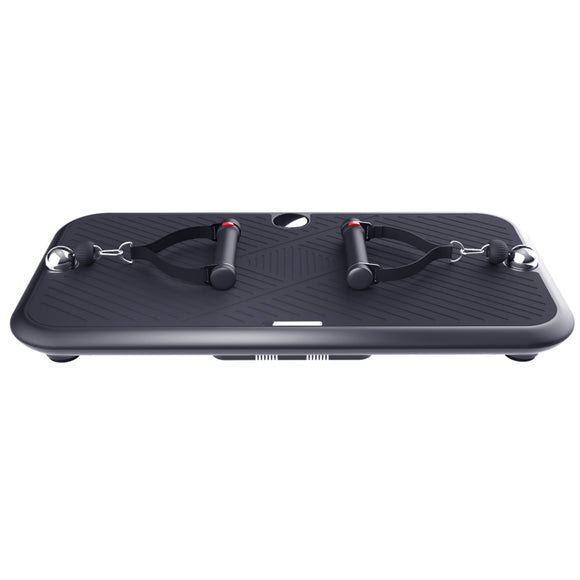
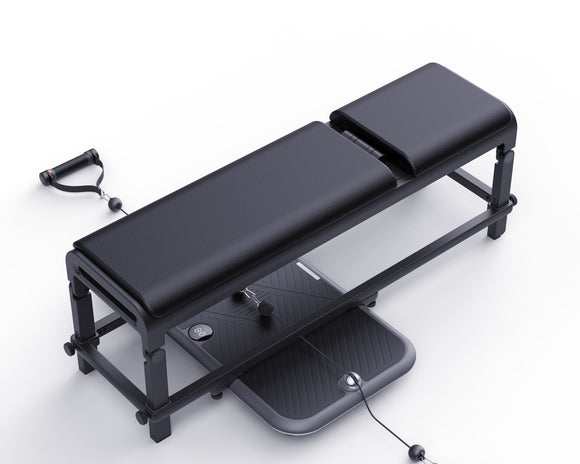
INNODIGYM P1 PLUS
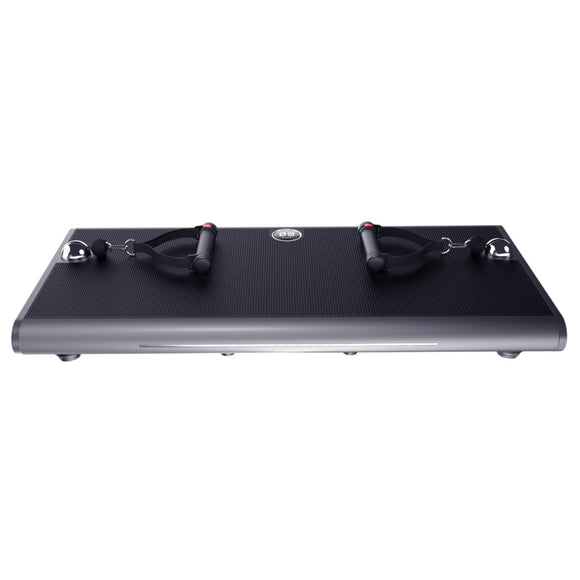
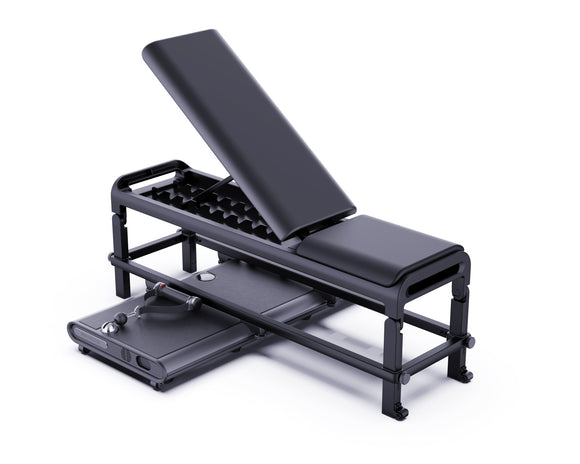
INNODIGYM P1 MAX
